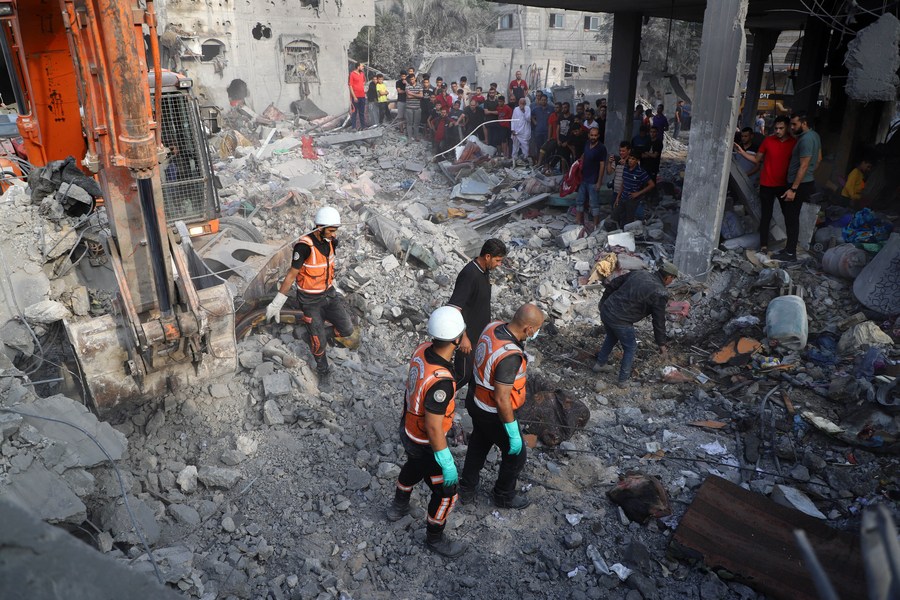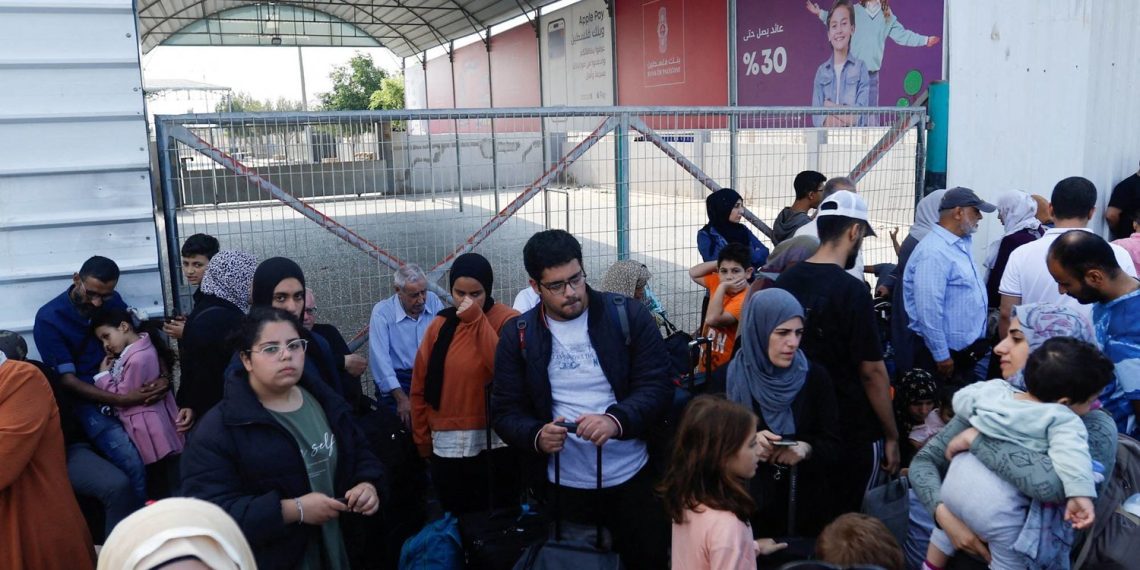Israeli forces have intensified their assault on the southern outskirts of the Gaza Strip, focusing on Rafah, the last refuge for displaced residents. The situation has reached a critical point as over half of Gaza’s 2.3 million residents are now homeless, with many crowded into Rafah, having fled one of the largest offensives by Israeli forces in recent weeks in neighboring Khan Younis.
Israeli Defense Minister Yoav Gallant confirmed that the next target is Rafah, heightening fears of a potential massacre with limited escape options. The area, transformed into a makeshift settlement, is grappling with adverse weather conditions, including rain and cold winds, exacerbating the already challenging living conditions in tents.
As the primary region with access to limited food and medical aid from the border, Rafah holds immense significance. The United Nations has expressed deep concern, describing Rafah as a “pressure cooker of despair,” highlighting the desperate humanitarian situation.
Attempts to reach and assist the sick and wounded in Khan Younis have become increasingly difficult. The Gaza war, initiated by Hamas in October, has resulted in extensive destruction, displacing more than 27,000 Palestinians. Mediators are awaiting a response from Hamas regarding a proposed ceasefire; however, significant disparities between the two sides persist.

Simultaneously, the region is on edge, anticipating potential U.S. strikes on pro-Iranian militias in Syria and Iraq, adding another layer of complexity to the already volatile situation. Iranian President Ebrahim Raisi has warned against any aggression towards his country. The evolving dynamics involve ongoing violence and geopolitical ramifications, making the region’s future uncertain.





